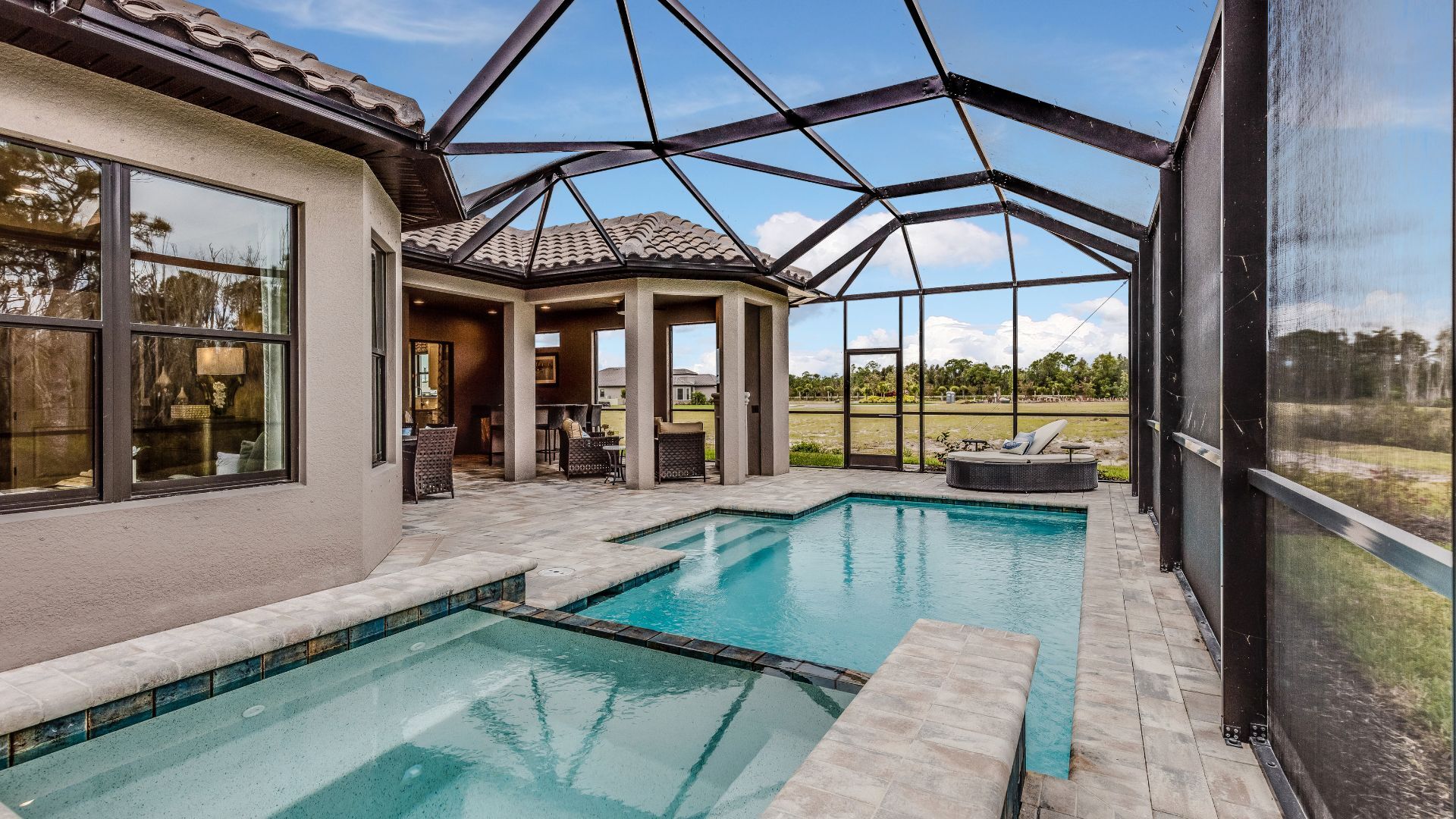Older Americans are increasingly reliant on credit cards to cover basic living expenses
Nearly half of older Americans are reliant on using credit cards to cover basic living expenses they don’t have the cash for. And nearly 20% of this cohort consistently relied on this type of high-interest debt on a monthly basis over the past year, according to survey results released this week by AARP.
These basic expenses include food, housing and utilities, as well as health care expenses and other unexpected financial burdens. The rising costs associated with such necessities “are threatening financial well-being and retirement security for many older Americans,” the organization said.
A reverse mortgage could help older Americans who rely on credit cards to cover expenses, but it's not always the best solution. Here’s a breakdown of how it could help, along with some potential downsides:
How It Could Help:
- Provides Monthly Cash Flow – Instead of accumulating credit card debt, a reverse mortgage can give homeowners access to their home’s equity in monthly payments, a lump sum, or a line of credit.
- No Monthly Mortgage Payments – Unlike a traditional mortgage or home equity loan, a reverse mortgage does not require monthly payments. The loan is repaid when the homeowner sells the home, moves out, or passes away.
- Pays Off Existing Mortgage – If the homeowner still has a regular mortgage, a reverse mortgage can pay it off, freeing up cash for other expenses.
- Better Than High-Interest Credit Cards – Credit card interest rates are high, often 20% or more, while a reverse mortgage typically has a lower interest rate.
Have A Question?
Use the form below and we will give your our expert answers!
Reverse Mortgage Ask A Question
Start Your Loan
with DDA todayYour local Mortgage Broker
Mortgage Broker Largo See our Reviews
Looking for more details? Listen to our extended podcast!
Check out our other helpful videos to learn more about credit and residential mortgages.





